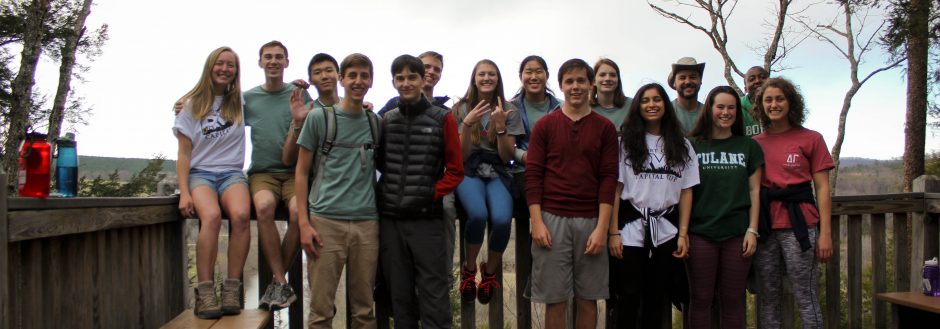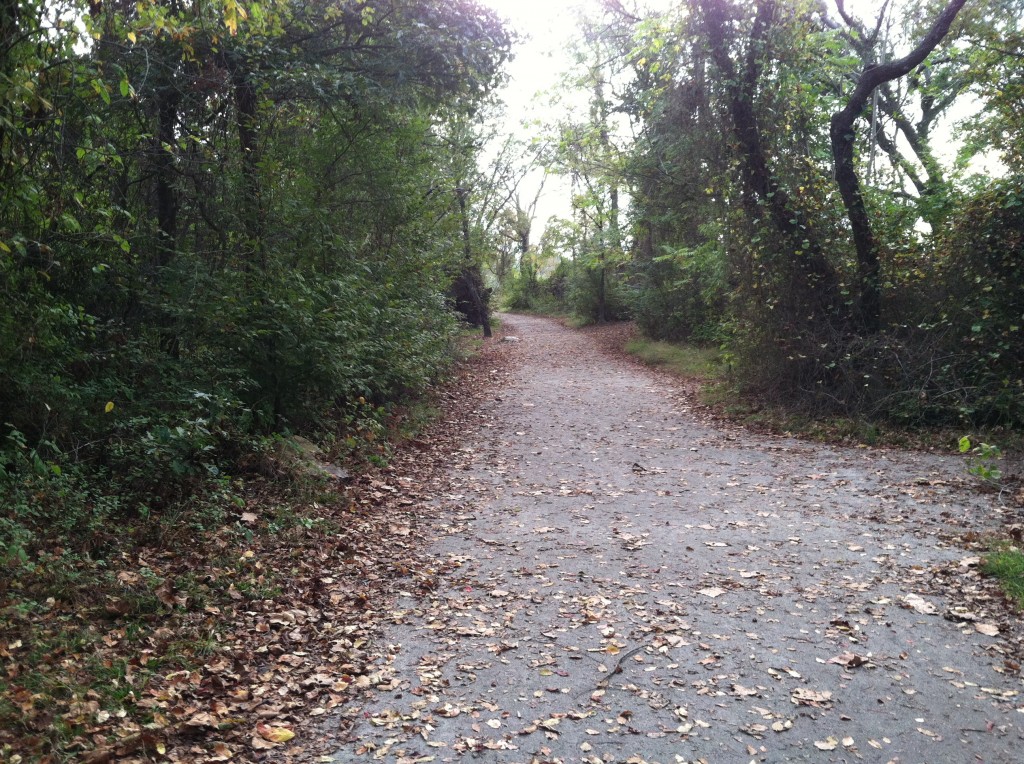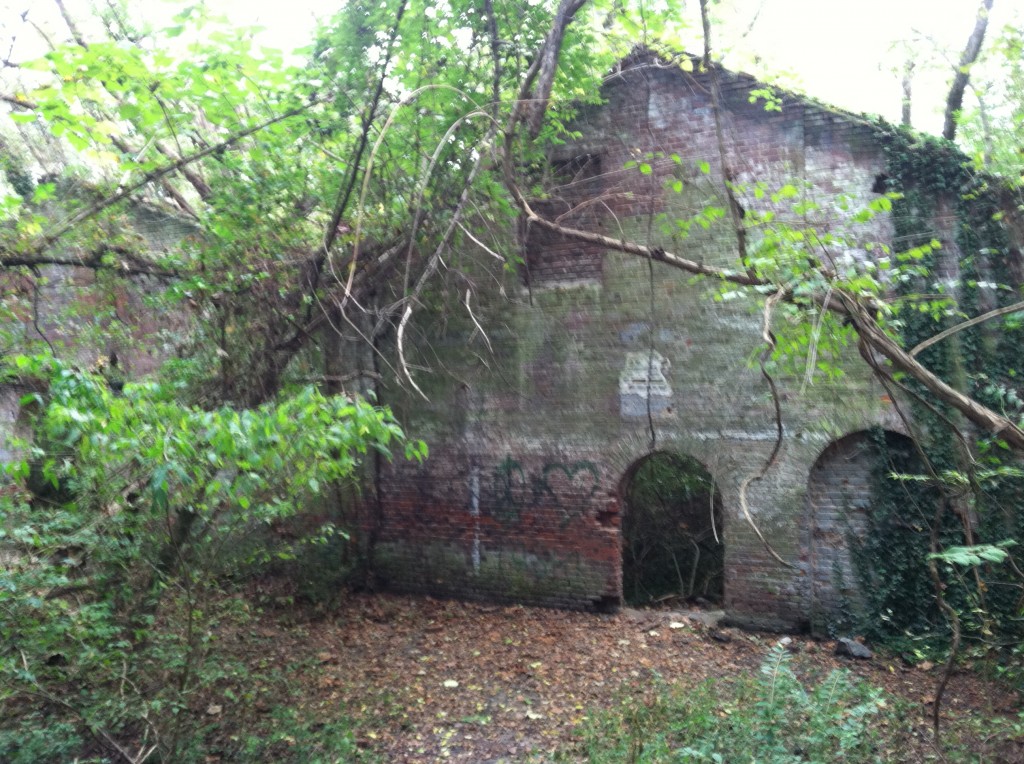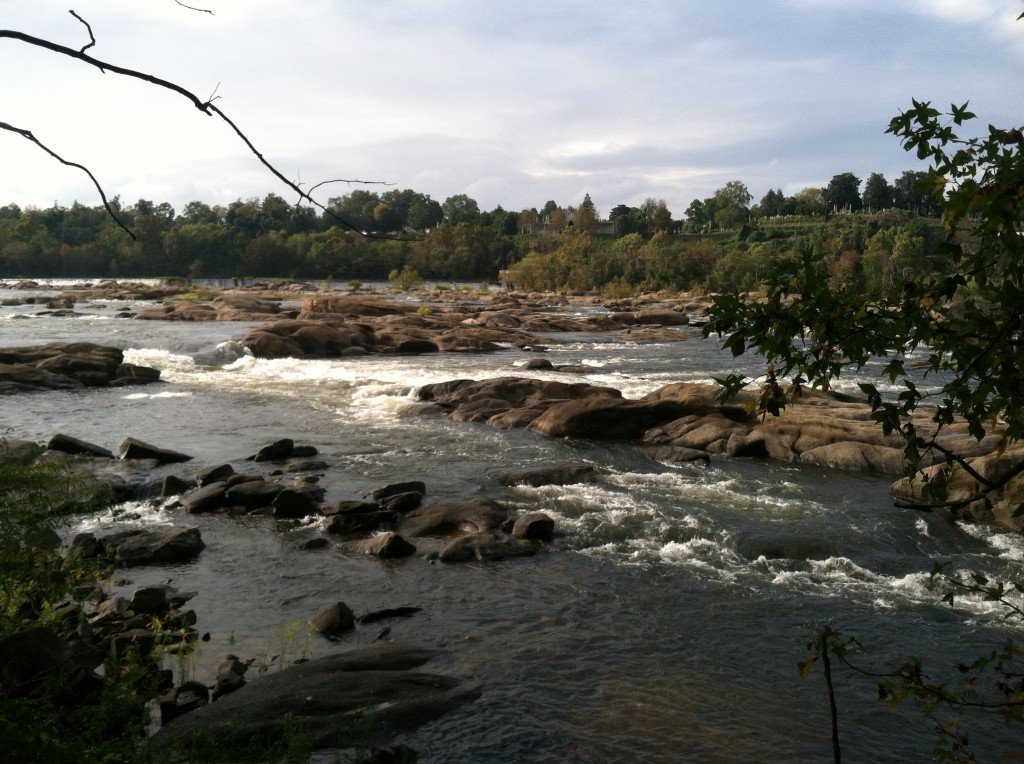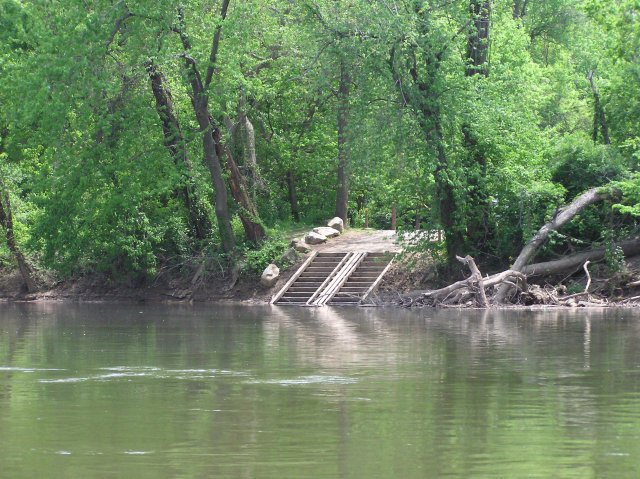As we huddled outside this morning in the frigid air down at Pony Pasture, Ralph White, former park manager of the James River System, told us his story. Beginning with the horror story of how people once viewed the park in his lifetime, he told us a fabulous transformation story of a small, rejected park where prostitutes and criminals hung out to a system of twenty large parks that are major attractions for relaxation and areas for recreation for the city of Richmond. He told us about how he started as a lowly trail blazer, one of only fourteen employees of the park system at the time, remained as the only employee during intense budget cuts, and built the park system up from scratch to the beauteous collection of natural land that it is today. However, he took a great deal of time to place emphasis on the fact that the James River Park System would not be where it is today without the help of each and every volunteer. “Volunteers built these parks,” he said.
So far, my volunteering experience with the James River Park System has been very limited and, at first glance, it did not seem like I was helping “build the parks” as Ralph White put it.
I mean I have only volunteered at the September 22nd James River Association’s Annual Richmond Splash ‘N Dash. And all I did was stand around for a few hours instructing runners to go “that way and around the building” (referring to the abandoned power plant) and cheering them on. Following the race, I walked the first half of the course and removed all of orange tape that marked the course. In my mind, that was it.
But if I begin to think in the terms of Ralph White, this little seemingly insignificant act of volunteerism did its part in helping build the park. While it may not be as noticeable as literally installing a bench or picking up litter, volunteering my time for the Splash ‘N Dash is equally as beneficial to the park. If you think about it, volunteers are the primary deck hands that helped put on the 5K race and made sure things ran smoothly. Additionally, a smooth-sailing and fun event like the Splash ‘N Dash is just another way to get people down to the River and make use of the park system. People that go to events like these, if they have not previously taken advantage of the park system, will most likely do so in the future after. So, in a way, I inadvertently helped Richmonders become aware of some of the great things that the James River Park system has to offer.
In other words, every little action helps. To use a metaphor, each act of volunteerism adds another stone in another wall of another city in the ever-expanding empire that is the James River Park System…I guess I should save the metaphors for Ralph White.
